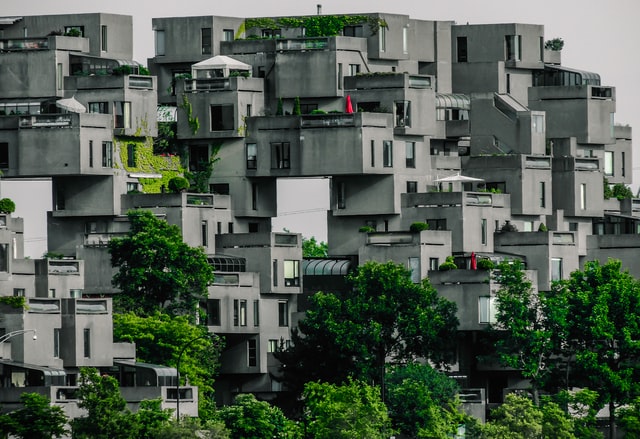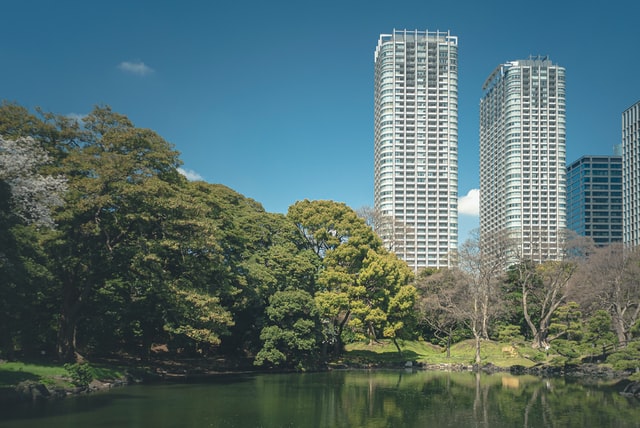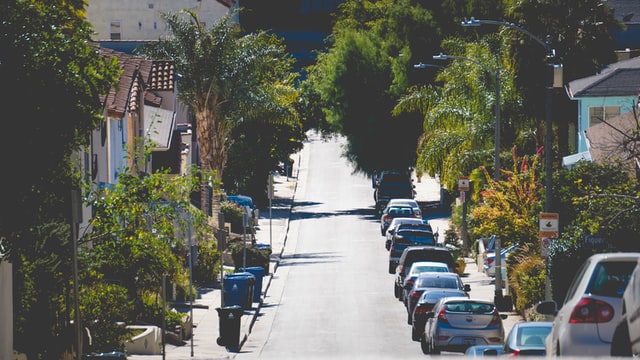
- Better Society -
- 5mins -
- 1,629 views
How Trees Really Do Help Keep a City Cool
Research shows trees and other plants help cool the environment, making vegetation a simple and effective way to reduce urban heat islands.
Trees can mitigate urban heat islands effectively
We have all experienced and appreciated how the shade of a single tree can provide welcome relief from the hot summer sun. But when that single tree is part of a small forest, it can create a profound cooling effect. According to a study published in the Proceedings of the National Academy of Sciences (PNAS), trees play a big role in mitigating the ‘heat island effect’ and keeping our towns and cities cool.
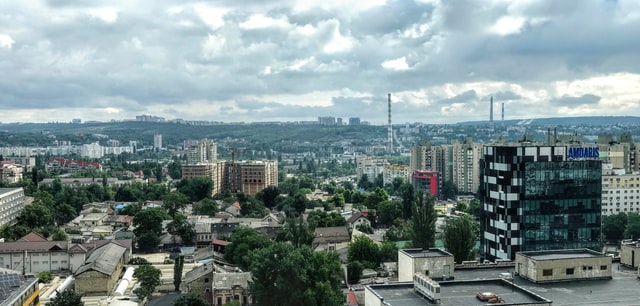
Plant more Urban Trees and Vegetation to Reduce Heat Islands
Trees and other plants help cool the environment, making vegetation a simple and effective way to reduce urban heat islands.
Trees and vegetation lower surface and air temperatures by providing shade and through evapotranspiration. Shaded surfaces, for example, may be 20–45°F (11–25°C) cooler than the peak temperatures of unshaded materials. Evapotranspiration, alone or in combination with shading, can help reduce peak summer temperatures by 2–9°F (1–5°C).
Trees and vegetation are most useful as a mitigation strategy when planted in strategic locations around buildings or to shade pavement in parking lots and on streets. Researchers have found that planting deciduous trees or vines to the west is typically most effective for cooling a building, especially if they shade windows and part of the building’s roof.
Source: EPA.gov
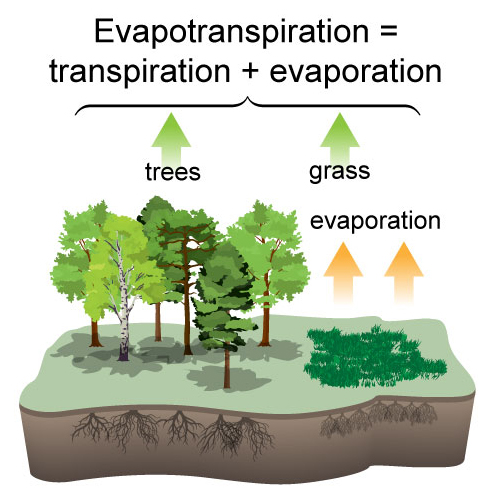
The Benefits and Costs of More Urban Planting
According the the United States Environmental Protection Agency (EPA), the use of trees and vegetation in the urban environment brings benefits beyond mitigating urban heat islands including:
- Reduced energy use: Trees and vegetation that directly shade buildings decrease demand for air conditioning.
- Improved air quality and lower greenhouse gas emissions: By reducing energy demand, trees and vegetation decrease the production of associated air pollution and greenhouse gas emissions. They also remove air pollutants and store and sequester carbon dioxide.
- Enhanced stormwater management and water quality: Vegetation reduces runoff and improves water quality by absorbing and filtering rainwater.
- Reduced pavement maintenance: Tree shade can slow deterioration of street pavement, decreasing the amount of maintenance needed.
- Improved quality of life: Trees and vegetation provide aesthetic value, habitat for many species, and can reduce noise.
The primary costs associated with planting and maintaining trees or other vegetation include purchasing materials, initial planting, and ongoing maintenance activities such as pruning, pest and disease control, and irrigation.
A study of urban forestry programs in five US cities showed a range of expenditures: annual costs ranged from almost $15 per tree in the Desert Southwest region to $65 per tree in Berkeley, California.
Pruning was often the greatest expenditure, accounting for roughly 25–40% of total annual costs (approximately $4–$20/tree). Administration and inspection costs were the next largest expenditure, ranging from approximately 8–35% of annual expenditures (about $4–$6/tree). Tree planting, surprisingly, accounted for just 2–15% of total annual urban forestry expenditures (roughly $0.50–$4/tree) in these cities.
Although the benefits of urban forestry can vary considerably by community and tree species, they are almost always higher than the costs. The five-city study discussed above found that, on a per-tree basis, the cities accrued benefits ranging from about $1.50–$3.00 for every dollar invested. These cities spent roughly $15–$65 annually per tree, with net annual benefits ranging from approximately $30–$90 per tree.
Source: EPA.gov
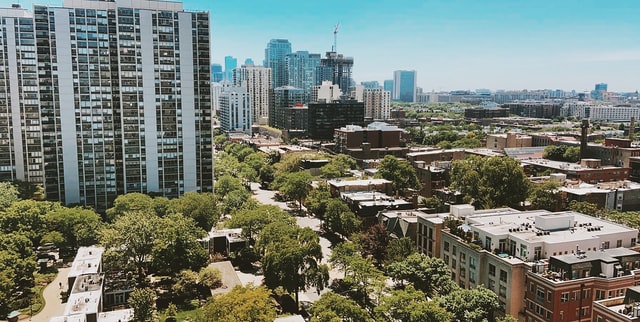
One Study suggests trees are crucial to the future of our cities
With cities worldwide experiencing record-breaking summer air temperatures, and the attendant serious consequences for people, increased tree cover is suggested as a climate adaptation strategy, but the amount of tree canopy cover needed to counteract higher temperatures associated with impervious surface cover is not yet known.
One group of researchers used a bicycle-mounted measurement system to quantify the interaction of canopy cover and impervious surface cover on urban air temperature. Daytime air temperature was substantially reduced with greater canopy cover (≥40%) at the scale of a typical city block (60–90 m), especially on the hottest days.
However, reducing impervious surfaces remained important for lowering nighttime temperatures. Results can guide strategies for increasing tree cover to mitigate daytime urban heat and improve residents’ well-being. Their research was published in the Proceedings of the National Academy of Sciences of the United States of America (PNAS) last year.
Source: PNAS
